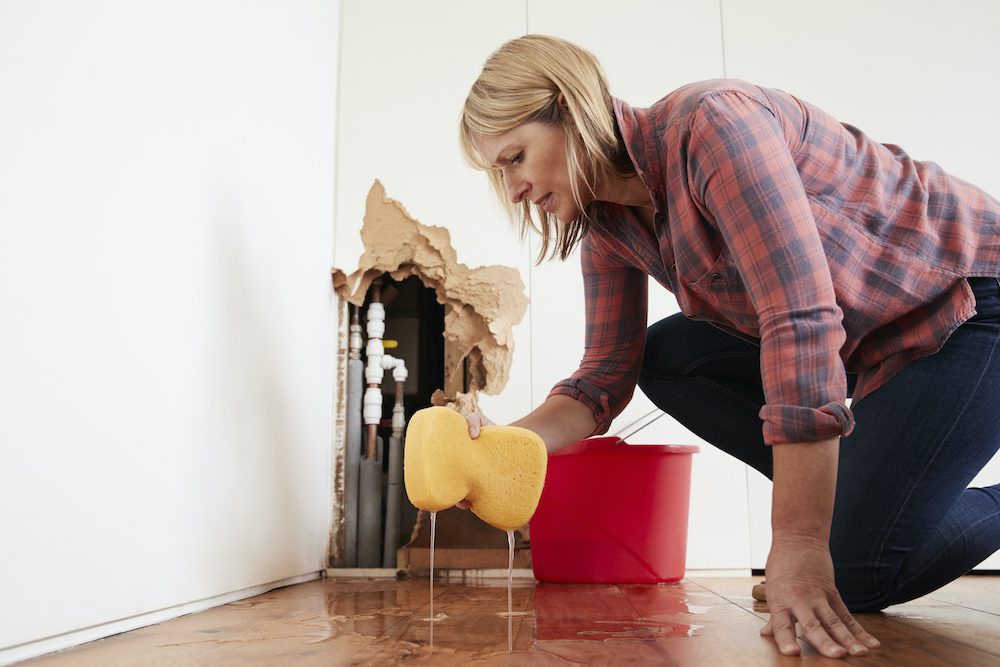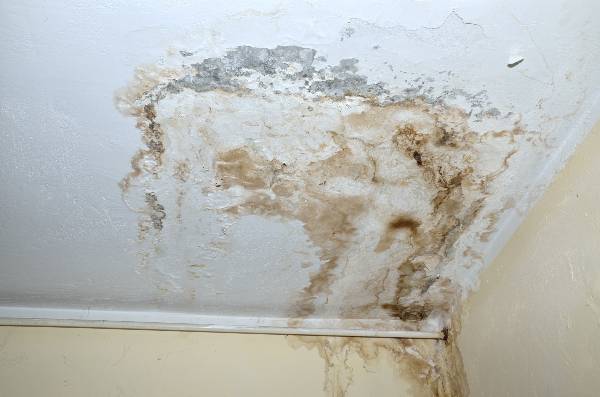Here in the next paragraph you'll find more exceptional insights in regards to Leaking water lines.

Early detection of leaking water lines can mitigate a possible catastrophe. Some small water leaks might not be visible.
1. Take A Look At the Water Meter
Every home has a water meter. Inspecting it is a guaranteed way that assists you uncover leaks. For starters, switch off all the water resources. Guarantee nobody will certainly flush, utilize the tap, shower, run the cleaning equipment or dishwasher. From there, go to the meter and watch if it will change. Given that no one is using it, there ought to be no motions. If it relocates, that suggests a fast-moving leakage. If you identify no modifications, wait an hour or two and also check back once again. This suggests you might have a slow-moving leakage that might even be underground.
2. Examine Water Intake
Evaluate your water bills and also track your water intake. As the one paying it, you need to notice if there are any discrepancies. If you find sudden changes, despite your intake being the same, it suggests that you have leakages in your plumbing system. Remember, your water expense ought to drop under the exact same array on a monthly basis. An unexpected spike in your bill suggests a fast-moving leakage.
A steady rise every month, even with the same habits, reveals you have a slow-moving leak that's also slowly escalating. Call a plumber to completely check your building, specifically if you feel a cozy area on your floor with piping underneath.
3. Do a Food Coloring Test
When it comes to water usage, 30% comes from toilets. If the shade somehow infiltrates your dish during that time without flushing, there's a leakage between the container as well as dish.
4. Asses Outside Lines
Do not neglect to examine your exterior water lines also. Ought to water permeate out of the connection, you have a loose rubber gasket. One little leakage can squander loads of water and increase your water costs.
5. Inspect and Evaluate the Scenario
Property owners need to make it a behavior to examine under the sink counters and also inside cabinets for any type of bad odor or mold growth. These two warnings show a leak so prompt attention is called for. Doing regular inspections, also bi-annually, can conserve you from a major problem.
If you recognize your residence is already old, keep a careful eye on your heating units, hose pipes, pipelines etc. Check for stainings as well as compromising as most appliances and pipelines have a life span. They will additionally normally wear away because of tear and also use. If you believe dripping water lines in your plumbing system, don't await it to intensify. Call a specialist plumber today so you do not wind up with a dreadful mess in your home.
Early detection of dripping water lines can mitigate a prospective catastrophe. Some tiny water leakages may not be visible. Checking it is a proven means that aids you find leakages. One small leakage can squander tons of water as well as surge your water expense.
If you believe leaking water lines in your plumbing system, do not wait for it to escalate.
WARNING SIGNS OF WATER LEAKAGE BEHIND THE WALL
PERSISTENT MUSTY ODORS
As water slowly drips from a leaky pipe inside the wall, flooring and sheetrock stay damp and develop an odor similar to wet cardboard. It generates a musty smell that can help you find hidden leaks.
MOLD IN UNUSUAL AREAS
Mold usually grows in wet areas like kitchens, baths and laundry rooms. If you spot the stuff on walls or baseboards in other rooms of the house, it’s a good indicator of undetected water leaks.
STAINS THAT GROW
When mold thrives around a leaky pipe, it sometimes takes hold on the inside surface of the affected wall. A growing stain on otherwise clean sheetrock is often your sign of a hidden plumbing problem.
PEELING OR BUBBLING WALLPAPER / PAINT
This clue is easy to miss in rooms that don’t get much use. When you see wallpaper separating along seams or paint bubbling or flaking off the wall, blame sheetrock that stays wet because of an undetected leak.
BUCKLED CEILINGS AND STAINED FLOORS
If ceilings or floors in bathrooms, kitchens or laundry areas develop structural problems, don’t rule out constant damp inside the walls. Wet sheetrock can affect adjacent framing, flooring and ceilings.
https://www.servicemasterbyzaba.com/blog/how-to-detect-water-leakage-in-walls/

As a passionate person who reads on Hacks to detect leaks, I imagined sharing that segment was a smart idea. Those who appreciated our post if you please make sure you remember to pass it around. Bless you for your time. Visit again soon.
Quality care? Call.